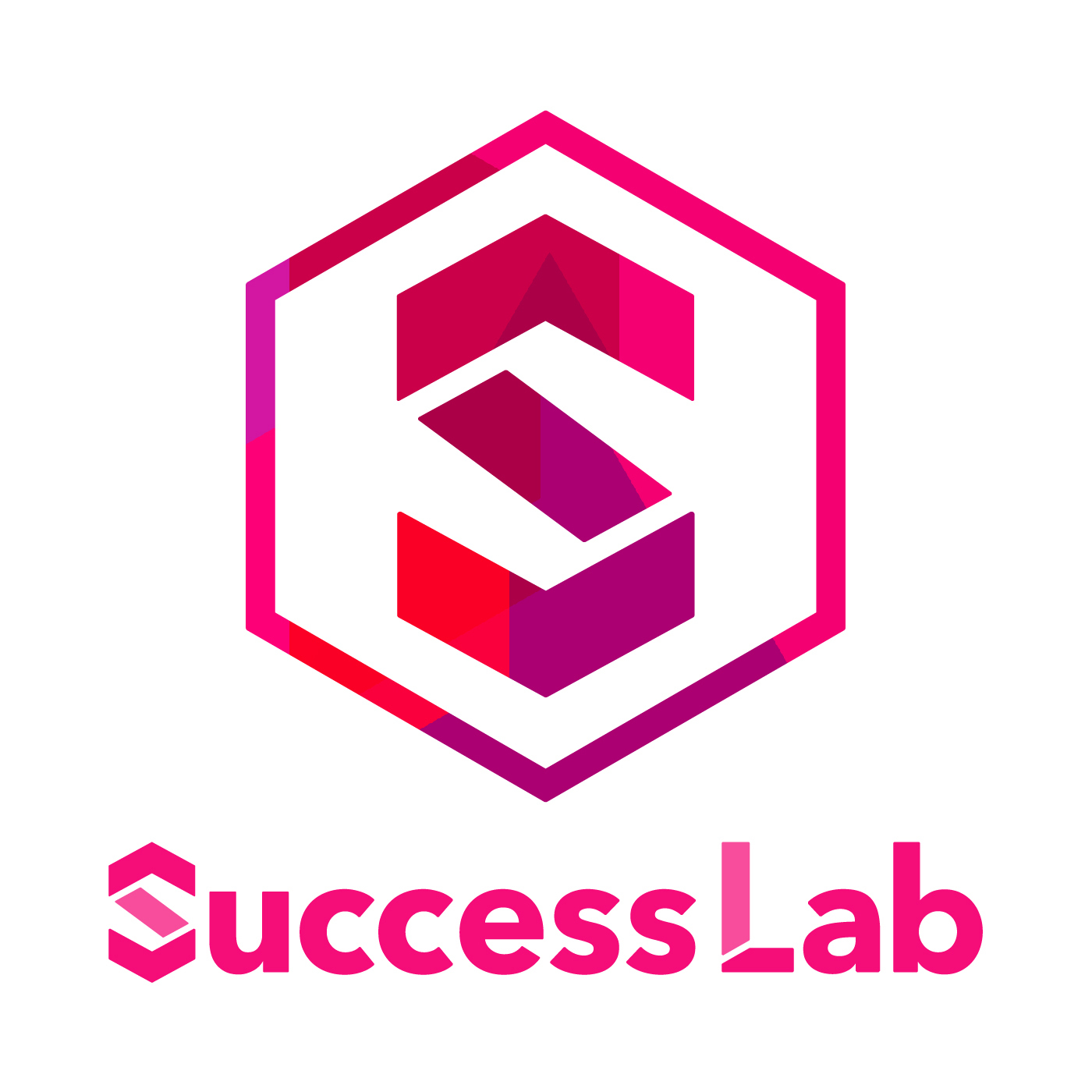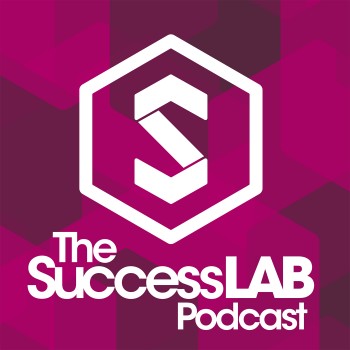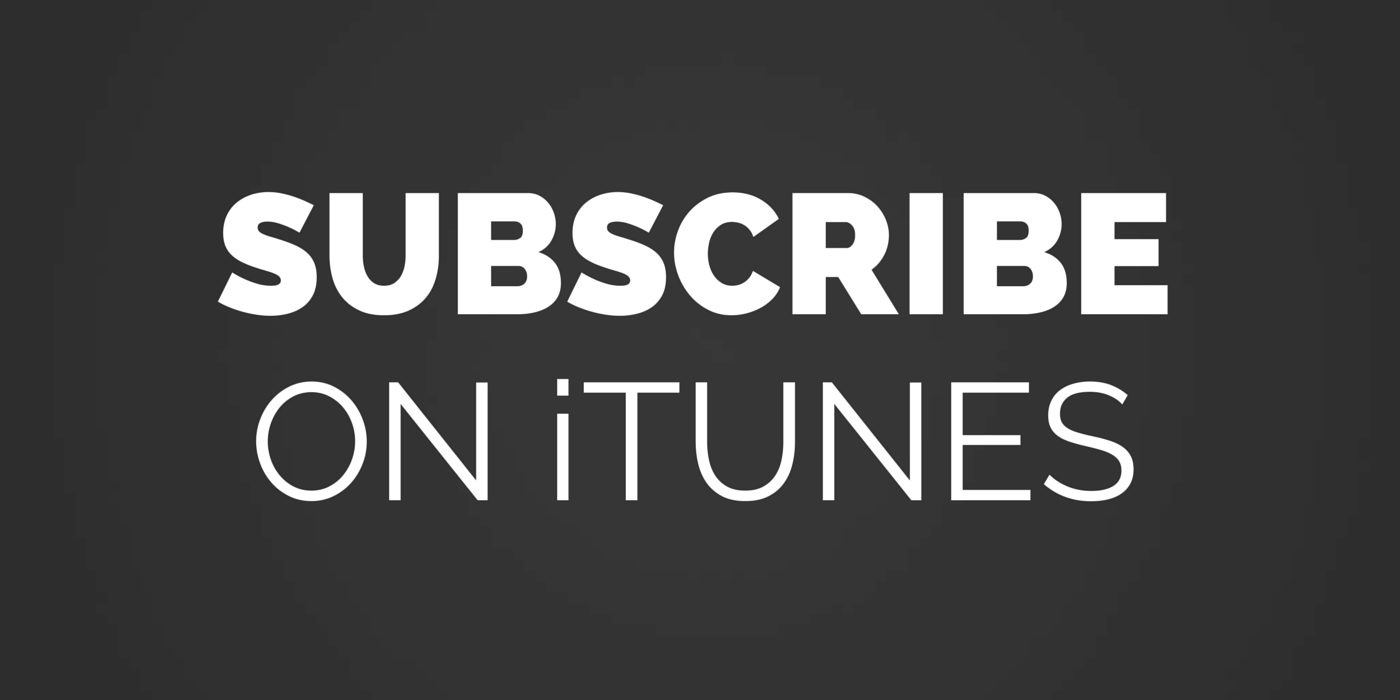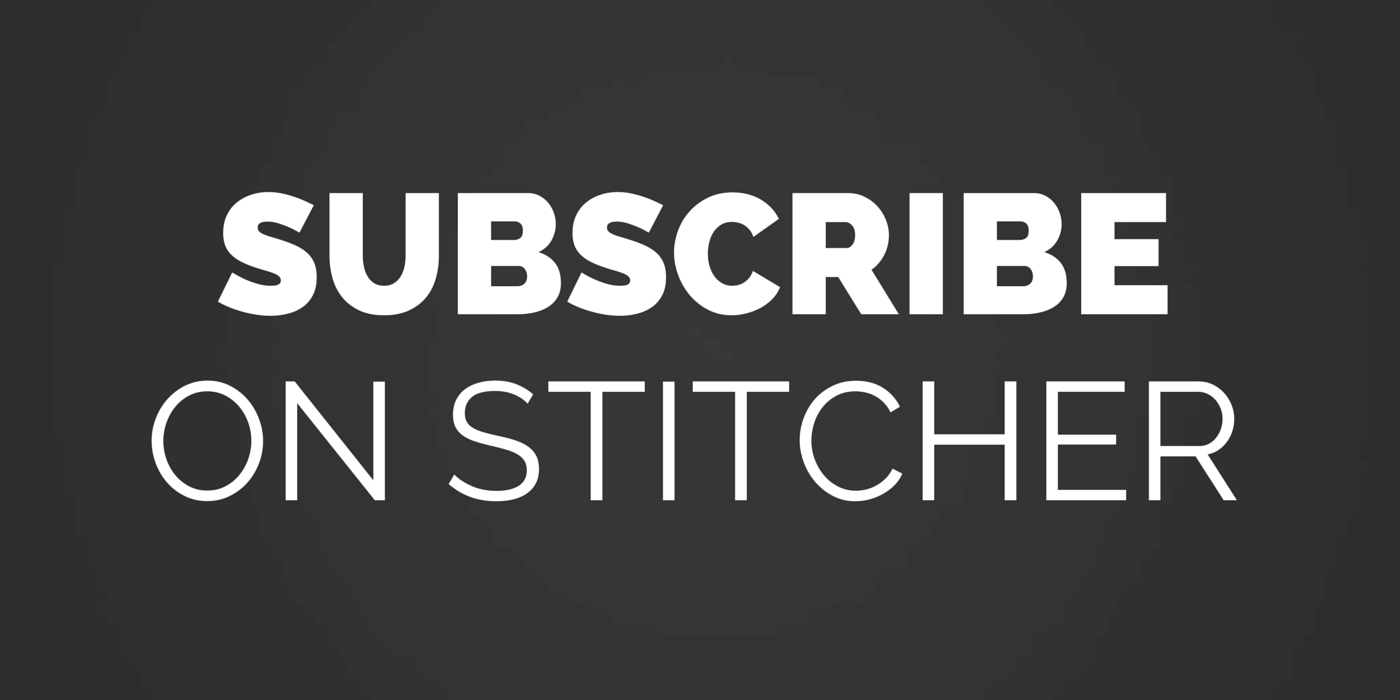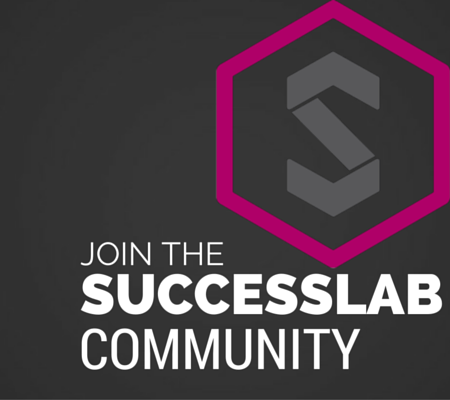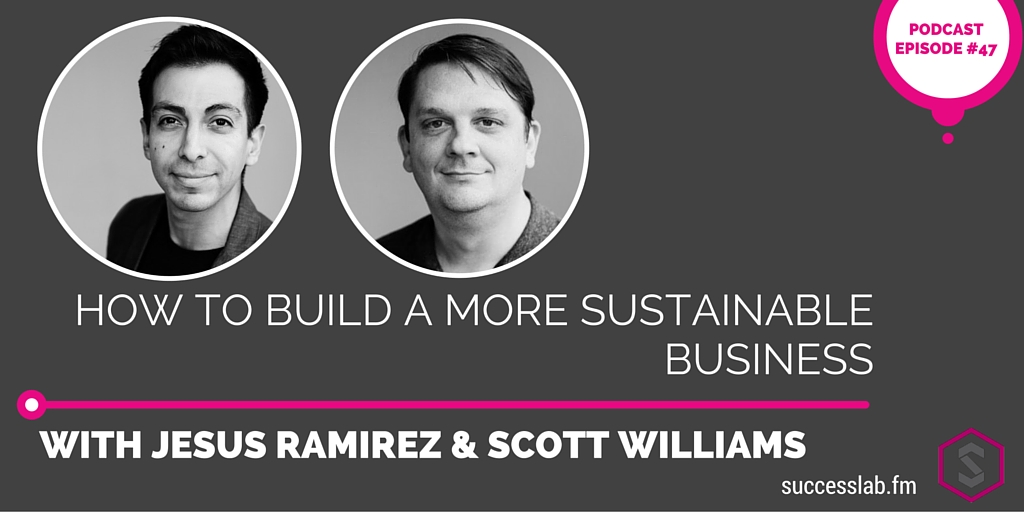
Business startup is certainly not without its challenges. Just look at the percentages of failed startups versus those that have succeeded and see you the struggle is real. Approximately just 10 percent of startups actually succeed.
That begs the question, “Why do so many startups fail?”
Jesus Ramirez, vice president of product at Tallwave, and Scott Williams, lead engineer at Tallwave, routinely work with startups on helping them become part of that ten percent. Along the way, they’ve identified a few pitfalls many startup founders fall into.
“A common challenge I see is them not having the right kind of focus,” Scott said. “It’s really easy for them to just take a sheet of paper and start jotting down ideas, then start building features upon features. Never really knowing if what you’ve got on paper there is something viable, something that will fit any kind of market, or even how long it will take to produce.”
Jesus said he commonly sees entrepreneurs focus on the product rather than building a holistic business.
“Product or a mobile app may be a part of the overall business, it’s not the business in its entirety,” he said. “It’s not just about getting an app into the app store and pushing it to users. It’s about how are you going acquire and retain, what is the cost of acquisition going to be, what is the lifetime value of customers going to be, what marketing channels are you going to use to acquire customers, and so on.”
There are a lot of components beyond just the product entrepreneurs need to address from the beginning. Once these have been established, testing and validating ideas and assumptions is key.
Proving and Disproving Startup Theories
Entrepreneurs are constantly reminded to just start. The version one of a product or service doesn’t have to be perfect and the longer either of these sits in development, the more it costs. Today, building an early prototype and getting it in front of users for feedback and testing is easier than ever.
“There are so many tools out there now that allow you to put together what your concept is in rough form, to the point where you can put it in front of users and get some strong signals as to whether it’s viable or not,” Jesus said.
Going through this process also helps you uncover what features and benefits your target market really wants, rather than what you think they want, understand how you differ from the competition, and test pricing and messaging. Ultimately, when done right, testing and validating all components of the business – the features, branding, marketing, and acquisition strategy – early on helps you build a more sustainable product.
This is critical, particularly as the entrepreneurial landscape has grown even more competitive in the last decade.
“The barriers to entry have gone down and so there’s been an influx of entrepreneurs. So the competition has gone up,” Jesus said. “The second thing is that the bar has been raised.”
He said this is because there are so many great, high-quality consumer applications and products out there like Slack and Mailchimp that have primed users to command it.
The cost of launching a business and building an app, specifically, have come down tremendously, which has also increased the amount of competition and reduced the time to market.
“The costs of building an application for back in 2000 were huge,” Scott said. “Those prices have come down, and in some cases their free.”
Building a Sustainable Business
Building a sustainable business overall requires a mind shift from thinking about the product or service as the sole component of the business. Your product is part of your brand and how you interact with the customer.
“You may not have a growth specialist, or content writer, or branding specialist on your team, but you need to have somebody who’s focused on those things from the onset, because your product is going to impact your brand and your sales,” Jesus said.
To do that you have to figure out what your values are and what you stand for, then determine your voice and tone.
“When you’re thinking about how you’re going to incorporate those elements of the brand into your product, it’s important to think about where those messages will come through in your product,” Jesus said.
This can include push notifications, the welcome screen, modals that pop up when a user completes a task, and so on. The voice, tone and messaging need to be deliberate and integrated throughout the user experience.
Scott and Jesus recommended looking at how Mailchimp has integrated voice and tone into their brand. They publish their brand guidelines on their site, as well as every interaction the user has at voiceandtone.com.
“That level of nuance and empathy, and understanding of the user goes such a long way in building retention, and loyalty and engagement with the user,” Jesus said.
And branding is absolutely essential to build into the product or business from the beginning. It’s the purpose and why behind what you do. It’s everything.
“You want to establish that as one of the first things you do,” Jesus said. “As an entrepreneur, think about why you’re building what you’re building. That will become the epicenter of your brand.”
“Any time you’re making something you have to ask yourself who is it for,” Scott said. “Do I need a mass appeal or a very focused set.”
Finally, Scott and Jesus said a narrowed focus is essential. More many entrepreneurs, casting a wide net feels like the safer route, but zeroing in on a niche audience enables you to better understand their needs, wants and desires. This, in turn, enables you to build a solution that better meets their needs and target your marketing more effectively.
Biz Hack:
Socedo helps you leverage Twitter as a lead-generation tool. It essentially discovers social prospects that match your ideal customer then qualifies them through automated engagement on Twitter. In essence, it applies an if this, then that algorithm to Twitter interactions.
Music in this episode: “They Just Don’t Know” by Gyft.
If you dig this podcast, why not leave a quick review or rating in iTunes?
